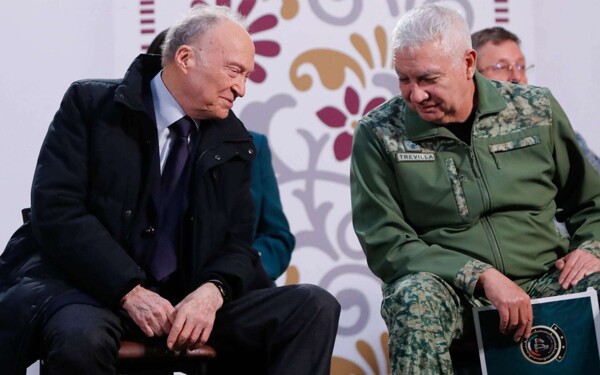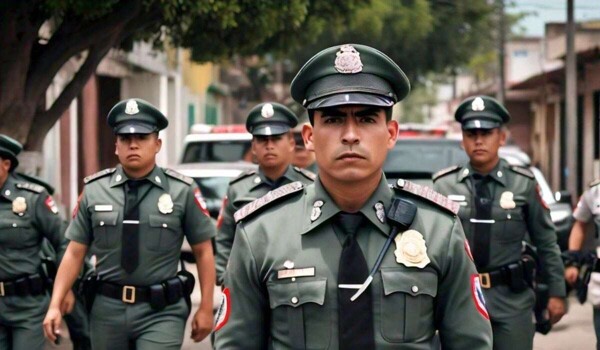
Violence in Mexico is on the rise and expanding to previously peaceful regions. Despite the official narrative tending to minimize the problem, the reality is that violence is intensifying both among criminal gangs and in confrontations with state forces. The situation in Culiacán, Sinaloa, has attracted attention due to local and international repercussions, but the security crisis is evident or covertly spreading across much of the national territory.
Chiapas, Tabasco, Guerrero, Michoacán, Guanajuato, Colima, Jalisco, Zacatecas, Durango, Tamaulipas, Chihuahua, Sonora, and Baja California are entities where criminal groups control extensive regions through fear or co-optation, displacing state authority. Recent violent episodes in Guanajuato, along with acts of barbarity, murders of public figures, and the fear sown among the population deeply destabilize the lives of affected communities.
Despite the magnitude of violent acts and their political and social impact, authorities refuse to acknowledge them as terrorist acts. The crisis of violence in Mexico is the result of years of neglect, collusion, and governmental tolerance towards the growth of criminality. To address it, the appropriate use of state force within legal limits will be required.
The new administration faces a delicate situation and even more complicated challenges starting in November. Violence in Mexico is a severe problem that requires a strong and effective response to restore security to the affected communities.













